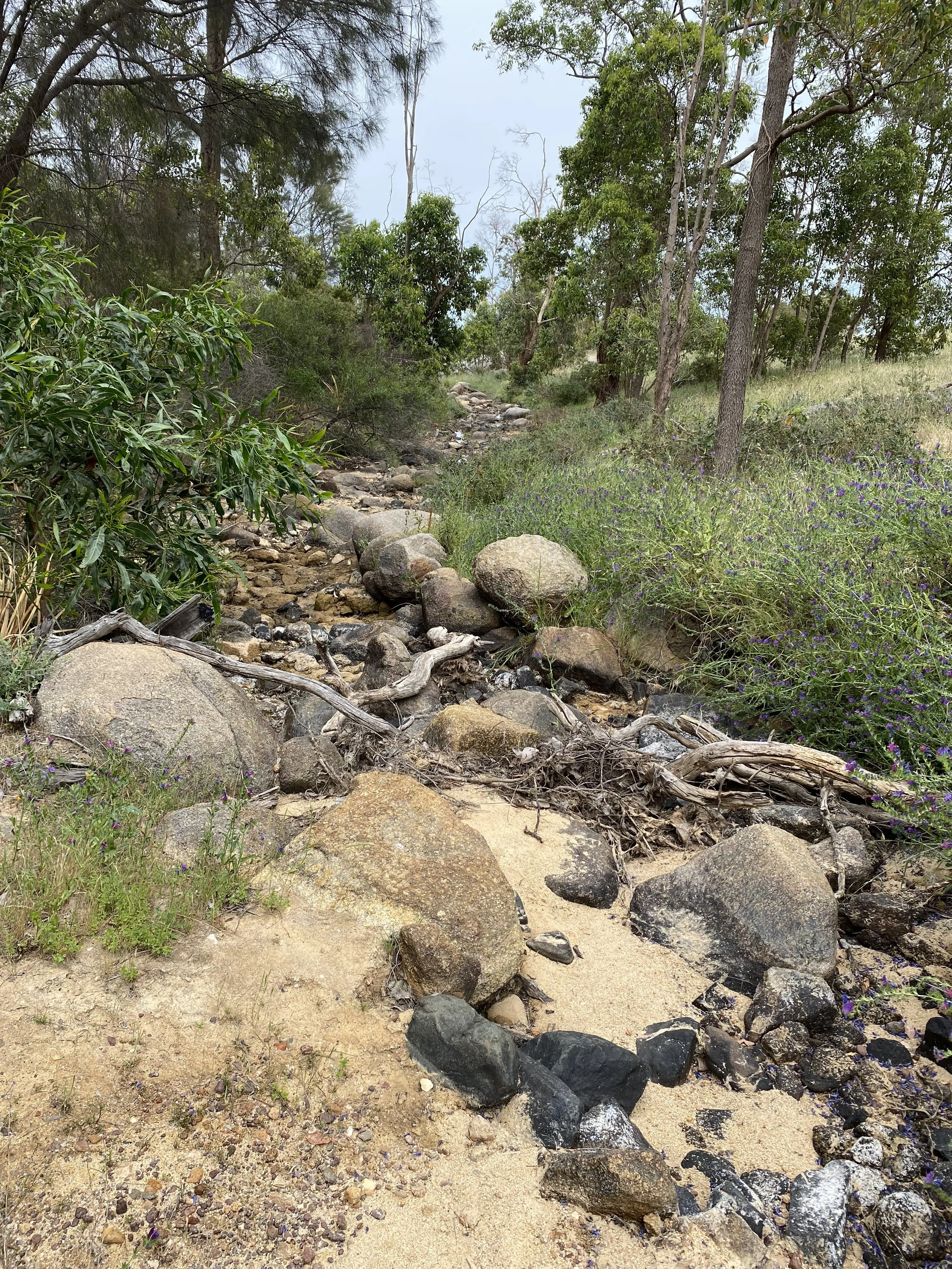Nature Connectedness
“Those who contemplate the beauty of the earth find reserves of strength that will endure as long as life lasts.” – Rachel Carson
Introduction
Nature connectedness is our emotional, cognitive, and experiential relationship with the natural world. It goes beyond simply spending time outdoors, it’s about developing a sense of belonging within nature, and recognising ourselves as part of it.
Research consistently shows that a strong connection with nature supports mental health, emotional regulation, creativity, and a sense of meaning. In my practice, nature connection underpins much of what I offer, from Walk & Talk therapy to creative outdoor practices like Walk & Make. Whether we’re walking through a local park, collecting textures for a collage, or noticing the changing light in the sky, these moments become pathways to wellbeing.
The Benefits of Nature Connection
Nature connection has wide-reaching benefits that can be felt in everyday life:
-
Reduced stress, improved mood, and increased resilience in managing life’s challenges.
-
Lower blood pressure, improved sleep, and increased physical activity.
-
Enhanced inspiration, problem-solving, and perspective-shifting.
-
Reduced loneliness, increased empathy, and a deeper sense of belonging.
These benefits are not just anecdotal, but supported by an ever growing body of research into the five pathways to nature connectedness: contact, emotion, meaning, compassion, and engagement with beauty.
Nature Connection in My Practice
I integrate nature connection into therapeutic and creative work in ways that are flexible and accessible.
Walk & Talk
Therapy sessions conducted outdoors, where movement and environment support reflection and conversation. Learn more →
Walk & Make
Creative outdoor workshops combining gentle walking with hands-on art-making. Learn more →
Nature Journaling
Creative prompts that use the natural environment as inspiration for writing, sketching, or photography.
Nature connection can be woven into daily life in small, meaningful ways. It can also be a powerful part of therapeutic work and creative exploration.
If you’d like to explore nature connection as part of therapy or creative practice, you can:
Book a Walk & Talk therapy session
Join a Walk & Make workshop
Climate Psychology
Exploring how environmental changes impact mental health, and how nature connection supports wellbeing.
Self-Guided Practices
Here are a few simple practices you can try:
1. Sensory Noticing
Choose a spot outdoors and focus on what you can see, hear, smell, and feel for 3–5 minutes.
2. Sit Spot Practice
Visit the same outdoor place regularly and observe how it changes over time.
3. Nature Journaling
Use words, sketches, photos or collage to record a nature encounter.
4. Colour Collecting
Pick a colour and look for every shade of it you can find in the natural environment. Take photos.
5. Seasonal Checklist
Note the small seasonal changes you can see, hear, and feel.
Pause for a Moment of Nature
Even a short moment with nature sounds and imagery can help shift your attention, lower stress, and support focus. These 30-second clips are from John Forrest National Park. Listen to the water, wind and birdsong, notice the light and colour, and give yourself permission to be still for a moment.
You don’t have to go far to feel the benefits of nature connection. Pause, watch, and listen.
Let the sound of water, wind, and birdsong be the only thing you focus on.
Notice the colours and texture. Let your attention rest on the movement of the plants in the water.
Further Reading
Pathways to Nature Connection blog series →
Nature Connectedness Research Group – University of Derby
The Biophilia Hypothesis – Kellert & Wilson, 1993
“In every walk with nature one receives far more than he seeks.”



